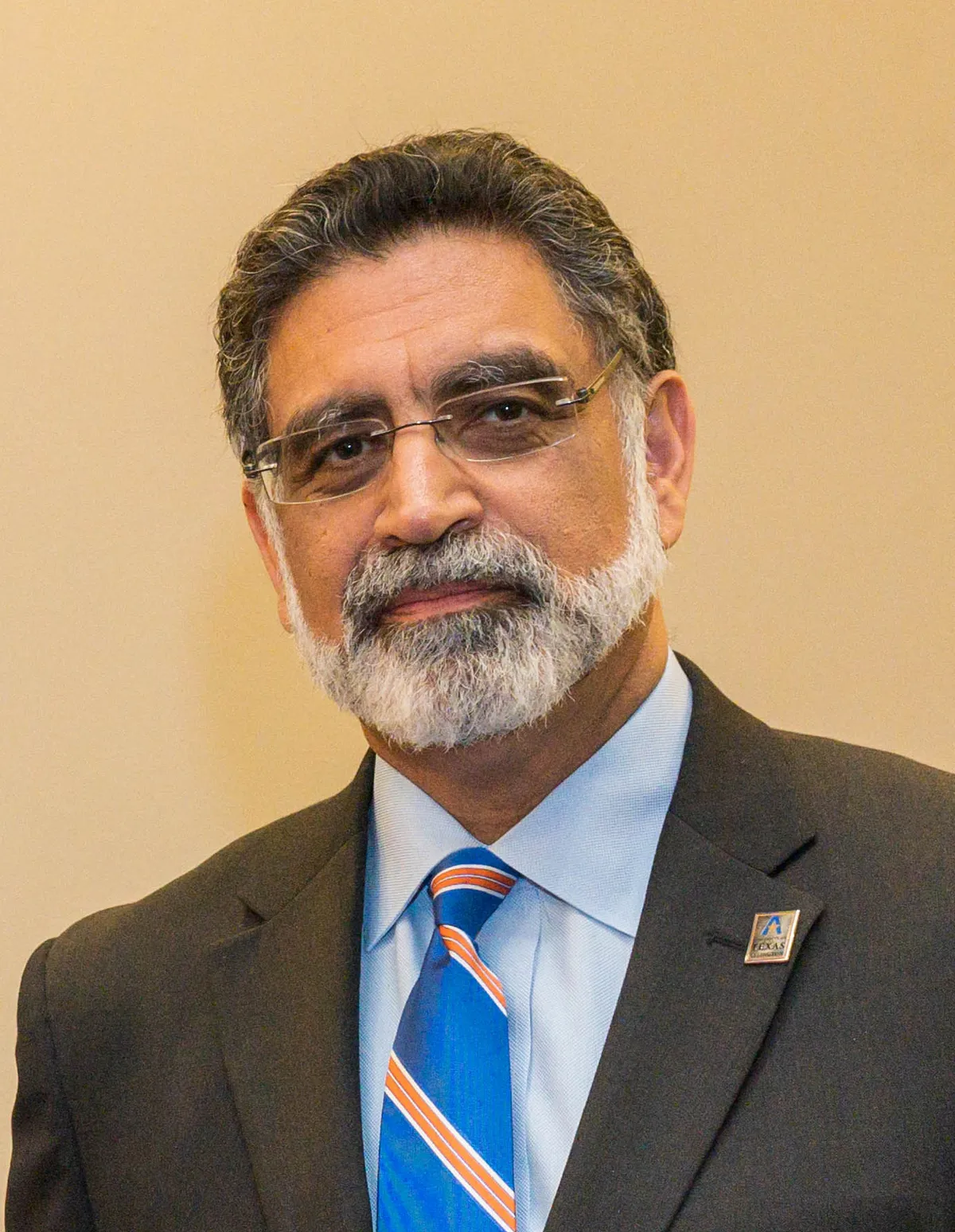OnlineEd 2022

The Connected Campus - a Means of Enhanced Engagement
The merging of digital and physical modalities resulting in an extension of the physical and time-bound environment through the appropriate incorporation of technology provides significant opportunities to re-envision higher education. Not only making it more accessible to a far larger population but also it enables greater personalization of offerings and time.
Rather than constraining student interaction to isolated instances, the engagement can be continuous, proactive, and as needed – even 24/7/365 – ensuring that the learner is constantly “in control” and receives the information, knowledge, and support needed in real time. This improves sociological contexts in terms of communications, wrap-around support, and a sense of belonging, all of which are known to enhance student success.
The ability to combine the physical and digital worlds to create a phygital reality, enabling the educational experience to be taken to the learner rather than depending on geographical co-location of the learner and institution of higher education, is transformative.
Vistasp Karbhari, Professor, Department of Civil Engineering at the University of Texas at Arlington explains how this mode shifts the definition, and focus, of campuses from one built on the concept of physical space to one that combines the best of physical and digital modalities, enabling the implementation of a truly connected and engaged campus – one where students and faculty rather than physical infrastructure are at the center.
What others say
HS OnlineEd provided me with food for thought for the future of my own online space for the diversity of students that I engage with.
A very insightful Teaching and Learning conference for the Online environment!!! This was for me the most enjoyable virtual conference since the start of online conferences.
The HS OnlineEd conference gave me a rare opportunity to connect with colleagues as well as providers of online educational tools. As a result, I am better able to navigate the fast-changing world of modern university education.
HS OnlineEd provided me with the opportunity to exchange ideas, hear about and learn from others and their institutions, and create a space for contacting colleagues from around the world.


